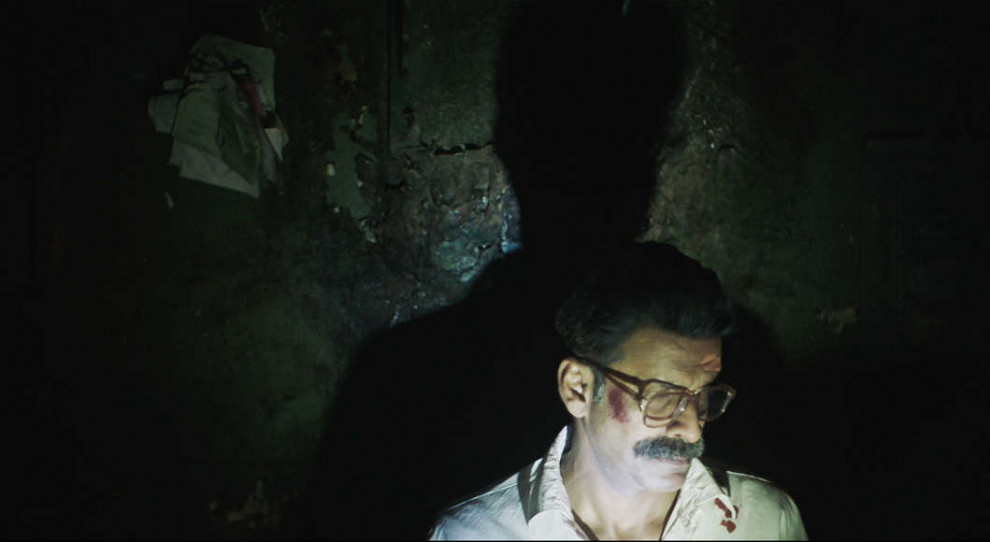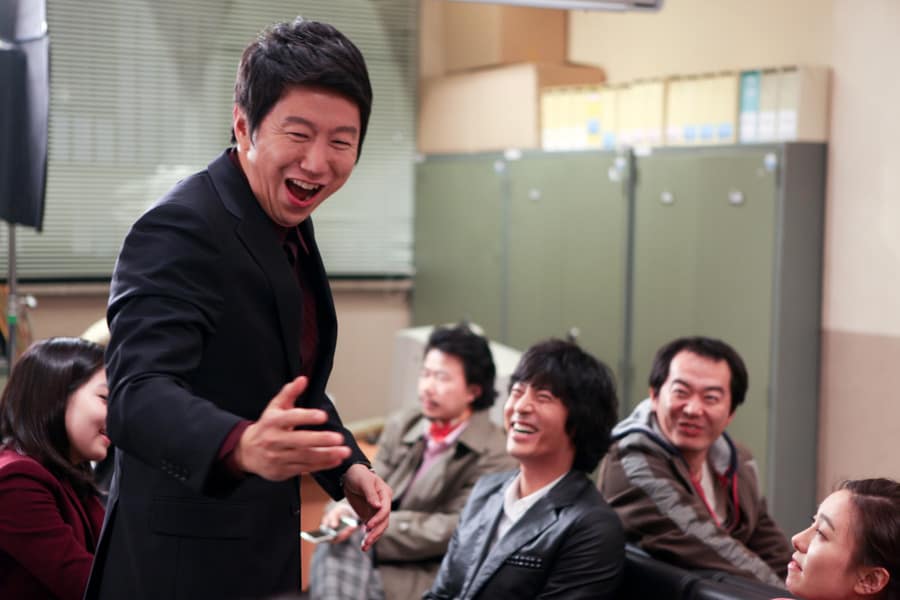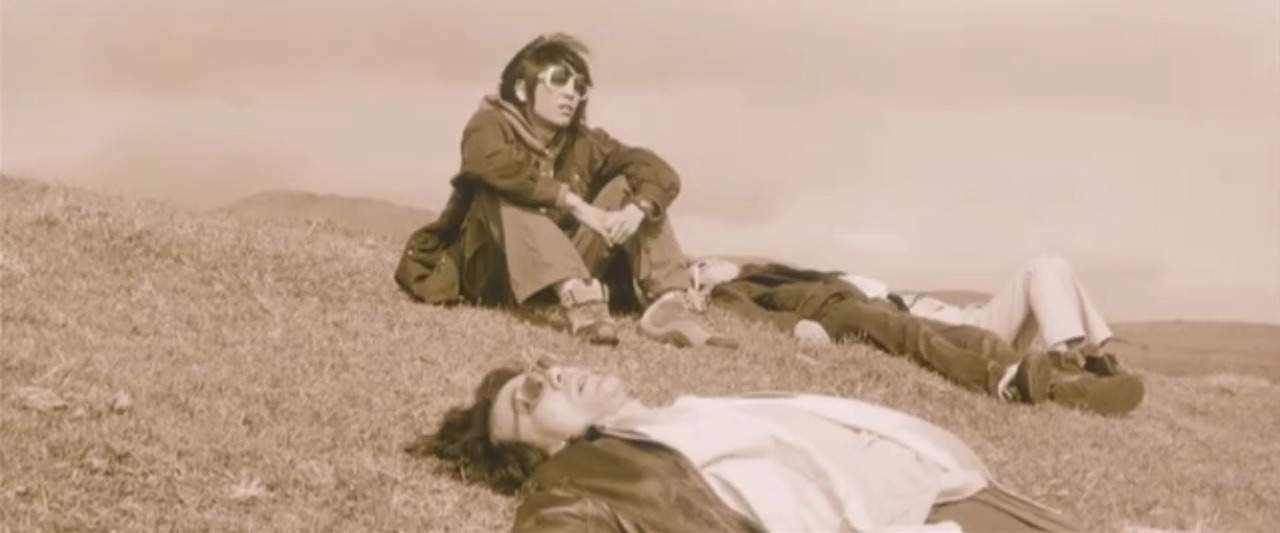Devasish Makhija's feature debut, “Ajji” was one of the most impressive productions to come out of India in 2017. As we have so often witnessed in cinema, following up on a great first film is quite a hard task, and Makhija found himself in that exact position, one year after his last film premiered in Busan. “Bhonsle” roughly follows the same paths “Ajji” did, including the Busan premiere, but instead results in a much more “Indian” movie than its predecessor. Let us take things from the beginning, though.
Bhonsle is having its world premiere at Busan International Film Festival

Bhonsle is a Marathi constable on the brink of a forced retirement, who tries to renew his contract with the police but finds himself repeatedly told to be patient. Furthermore, he lives a secluded, dead-end, lonely life, having no social interactions whatsoever, despite the respect his position commands among citizens. Eventually, he finds himself in a feud between Villas, a Marathi “gang leader,” and the Bihari living in their building, which the latter wants ousted from the settlement, to say the least. As the Ganpati festival is about to commence, Bhonsle finds himself in an unusual (for him) friendship with his neighbors, a Bihari nurse and her little brother, while Villas, instigated by the leader of the organization he belongs, decides to take his harassment towards the Bihari to another, even worse level. Expectantly, violence ensues.
Let me begin by mentioning the similarities between “Ajji” and “Bhonsle.” In both movies, the “hero” is a rather unlikely one (an elder woman, an elder man), played by a great veteran actor (Sushama Deshpande, Manoj Bajpayee). The villain is a truly despicable man, who also has to suffer in his life, although not to a point that will make the audience sympathize with him in any way. Both films revolve around revenge for an unpunished crime, with the catalyst being an individual that makes the act as despicable as possible (a child and a child and a woman, respectively), thus giving some justification to the concept of the vigilante. Both films are filled with social comments, although this is where the similarities end, since Makhija's remarks in “Bhonsle” regard, mostly, Indian society, instead of the more global ones in “Ajji”.

In that regard, “Bhonsle” deals with the feud between Marathi and Bihari, which actually symbolizes the fact that Indian states often behave like they are independent nations in a union instead of states in a nation because the languages and cultures are so different (as stated by the director). The fact that the state and the authorities do not want to take any side in the feud and the lawlessness resulting from this tactic are also stressed. The act of rape, which has so tormented Indian society, is also presented, in brief but very impactful manner. In a different aspect of the movie, Makhija also presents the celebration of Ganpati in Mumbai in all its glory, although in a way that highlights the loneliness Bhonsle experiences, in the most visually impressive scene in the film, which features a rather impressive panoramic shot.
All of the aforementioned, along with the vocabulary used in the film (words like Kaka, Bhau, Saheb, are quite common in Mumbai but not universally known) result in a production that seems to be addressed to Indians, at least for the most part. On the other hand, concepts like revenge, vigilante justice, the place of women in society and racism deriving from immigration are obviously of global interest.
With an actor such as Manoj Bajpayee in the protagonist role, Makhija was bound to center the film on him, and he delivered in the most impressive fashion, emitting dignity and a very fitting restraint with every step he took, in a rather unusual type of anti-hero. Santosh Juvekar as Villas is also great, in an almost exactly opposite character of Bhonsle, with him emitting despicability from every pore. The scene where the two have an argument in the courtyard highlights their chemistry, in another very impressive scene in the film.

Jigmet Wangchuk's cinematography is another of the film's great assets, with him creating a claustrophobic, almost dystopian setting in Bhonsle's cramped and dirty apartment, which mirrors his psychosynthesis quite accurately. The highlight of his effort, though, comes in the aforementioned panoramic shot, and the few scenes of violence, which are grotesque as they are realistic, to a point at least. Shweta Venkat's editing induces the film with a rather slow pace, which suits its 60-year-old, ill protagonist, but at times, I felt that the movie would benefit from some tighter work in that department, since there are times it feels as if it lags for no reason, particularly in the beginning. This however, does not fault the film much overall, since the last part definitely compensates.
At this point, I cannot say if “Bhonsle” is better than “Ajji” since, despite some mutual patterns, it is a rather different film. In the end, however, I truly enjoyed watching a really good film, and that is what actually matters, while Devashish Makhija's future seems more and more promising with every work he produces. .















